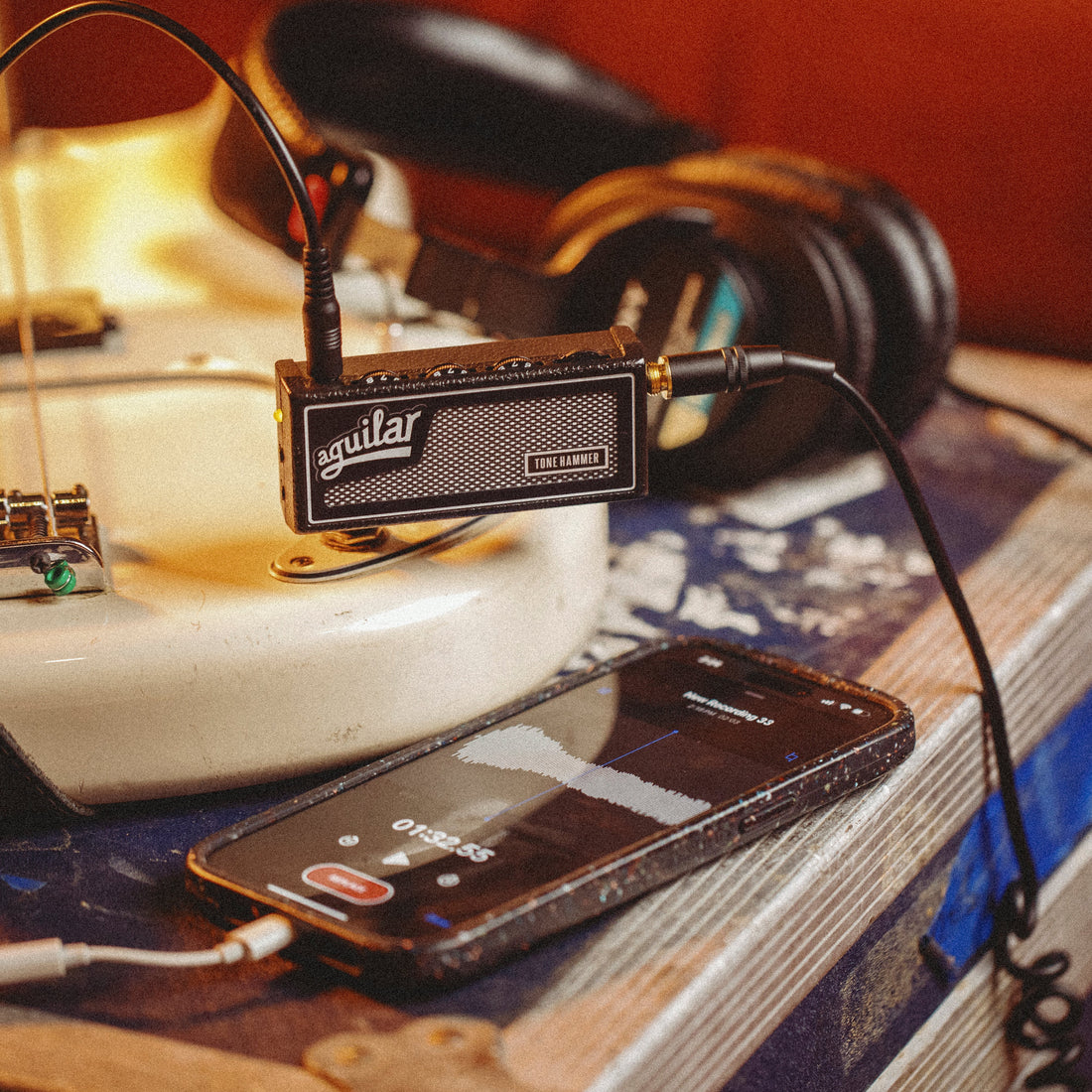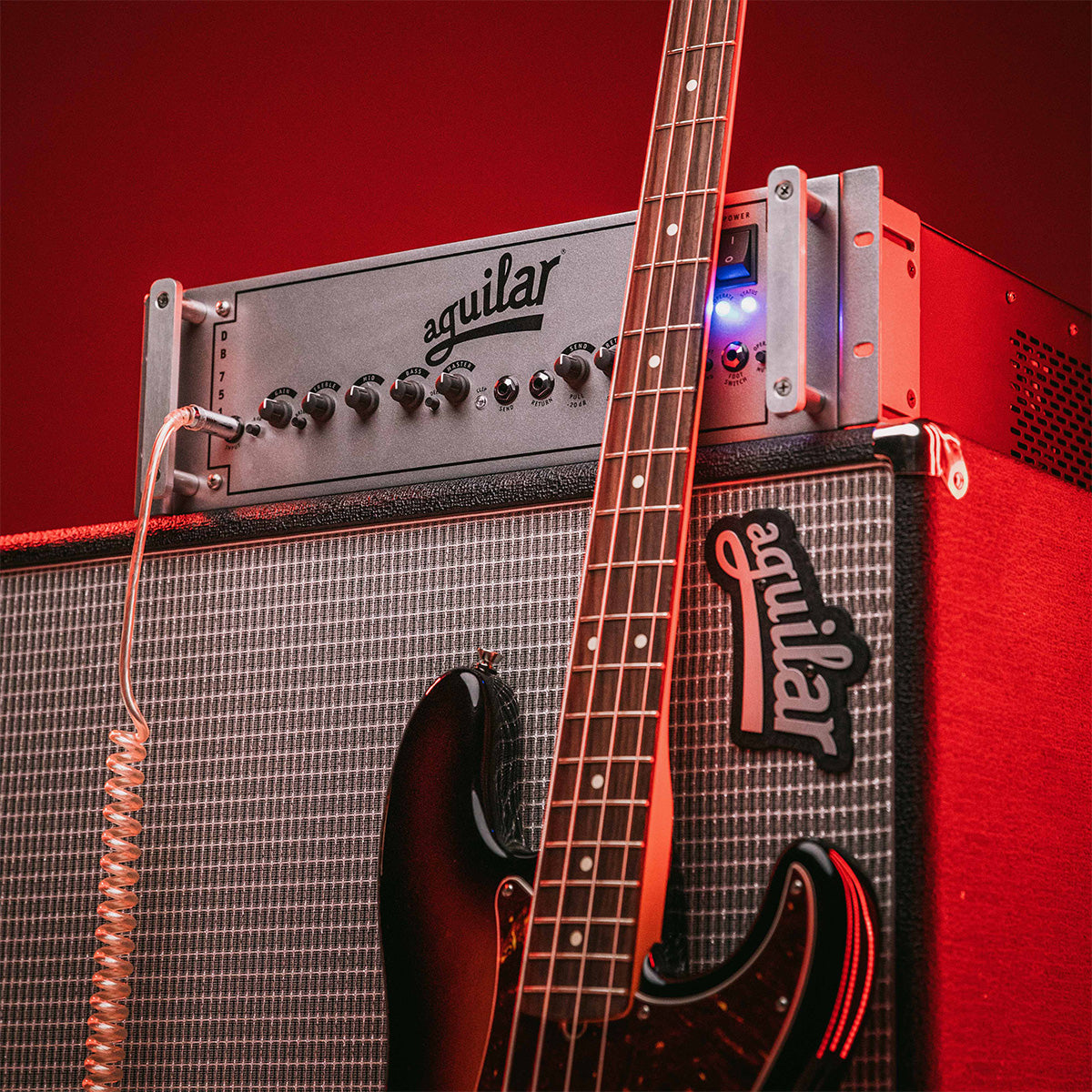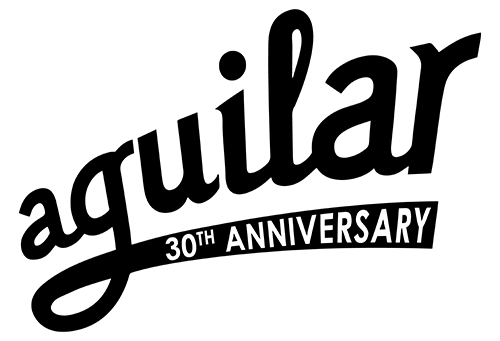
Way back in March of 1989, I enrolled at the Bass Institute of Technology, and one of the most important classes I took was one that taught how to learn. It was led by an amazing musician (and Tai Chi instructor!) named John Fey, who provided us with several tools for learning and retaining new material more quickly. Since my classes started at 8:00 a.m. every day and ran non-stop until 6:00 p.m., Mr. Fey’s class was a lifesaver.
Of all the things I learned from him, the single most important was what I now call The Great Paradox.
The average attention span for a human being when learning something new is generally considered to be 10 to 20 minutes, though it can vary based on factors like age, interest, fatigue, and cognitive load. I don’t know about you, but when I’m studying something new, I’m focused and dialed in at first... but then my mind wanders to what’s for dinner, or an upcoming appointment, or even who’s headlining Night Two of WrestleMania. Or worse, I stop what I’m trying to learn and go back to playing the same old stuff I already have under my fingers.
If this sounds familiar, there’s an easy way to modify your practice routine that will help keep your focus, improve retention, and simply make learning more fun. And the only tool you need is probably in your pocket right now — your cell phone.
The Power of Short Bursts
The trick is to break your session into short time segments, using your phone, a kitchen timer, or anything with an alarm function to keep you accountable. I’ve found that two to five-minute segments work best for me. You might think two minutes isn’t long enough to accomplish anything — but it is.
Try this:
Set a timer for two minutes and press start. Do nothing but close your eyes and wait for the alarm to go off.
Felt longer than you expected, didn’t it?
Now imagine using that same two minutes to sight-read, transcribe a melody, or work on any other skill you’re trying to develop. You can accomplish a lot in two minutes — and better yet, you’ll likely maintain your focus the whole time.
A Few Things to Keep in Mind:
- Define your total practice time (30 minutes, an hour, etc.)
- Make a list of the topics you want to cover (sight-reading, scales, arpeggios, technique, etc.)
- Decide on your segment length (2 minutes, 5 minutes, etc.)
- Take short breaks: When the alarm goes off, put down your bass, look away from the screen or sheet music, and give your mind a breather (my breaks are usually about two minutes).
- End on a high note: Make your final segment something fun that takes advantage of warmed-up hands — slapping, soloing over changes, whatever brings you joy.
Quality Over Quantity
I strongly suggest your total practice time be no more than an hour. If you need more time to cover everything, split it up — give your brain at least an hour between sessions to rest and reset.
Long, uninterrupted practice sessions can lead to what I call the “dilution effect” — where your brain starts to confuse scales, theoretical concepts, or anything else you’re trying to absorb. It’s like trying to memorize a phone book. Not fun.
Obey the alarm. When it goes off, move on to the next topic. This keeps your mind fresh and creates a kind of productive tension — you’ll find yourself excited to return to a topic later, rather than burned out from overworking it.
What It’s Not For
This method is designed for learning new material — not maintaining what you already know. If you're rehearsing your band’s setlist, by all means, keep at it for as long as you need. But if you're learning a new tune, a short-burst approach can dramatically speed up the process.
Track Your Progress
One final suggestion: Keep a journal. Write down what you practiced, how long you worked on it, and how it went. This not only helps eliminate the “what should I work on today?” syndrome — it also allows you to track your progress over time, which is deeply motivating.
Let me know in the comments what you think of this learning style. It’s helped me not only improve as a musician, but also when learning web design, woodworking techniques, and a whole bunch of other things.
And finally — to John Fey:
Thank you for those classes back in the day. You made my life better in so many ways.
Story by Dale Titus
_______________
Dale has been a professional bassist for 40 years and during that time was an instructor/counselor at the Bass Institute of Technology, a freelance writer for Bass Player magazine as well as the Editor of Bass Frontiers magazine. He also released The Ultimate Beginner Series for Bass videos and book for Alfred Publishing, as well as the Everything Bass YouTube channel.


1 comment
Excellent as usual!